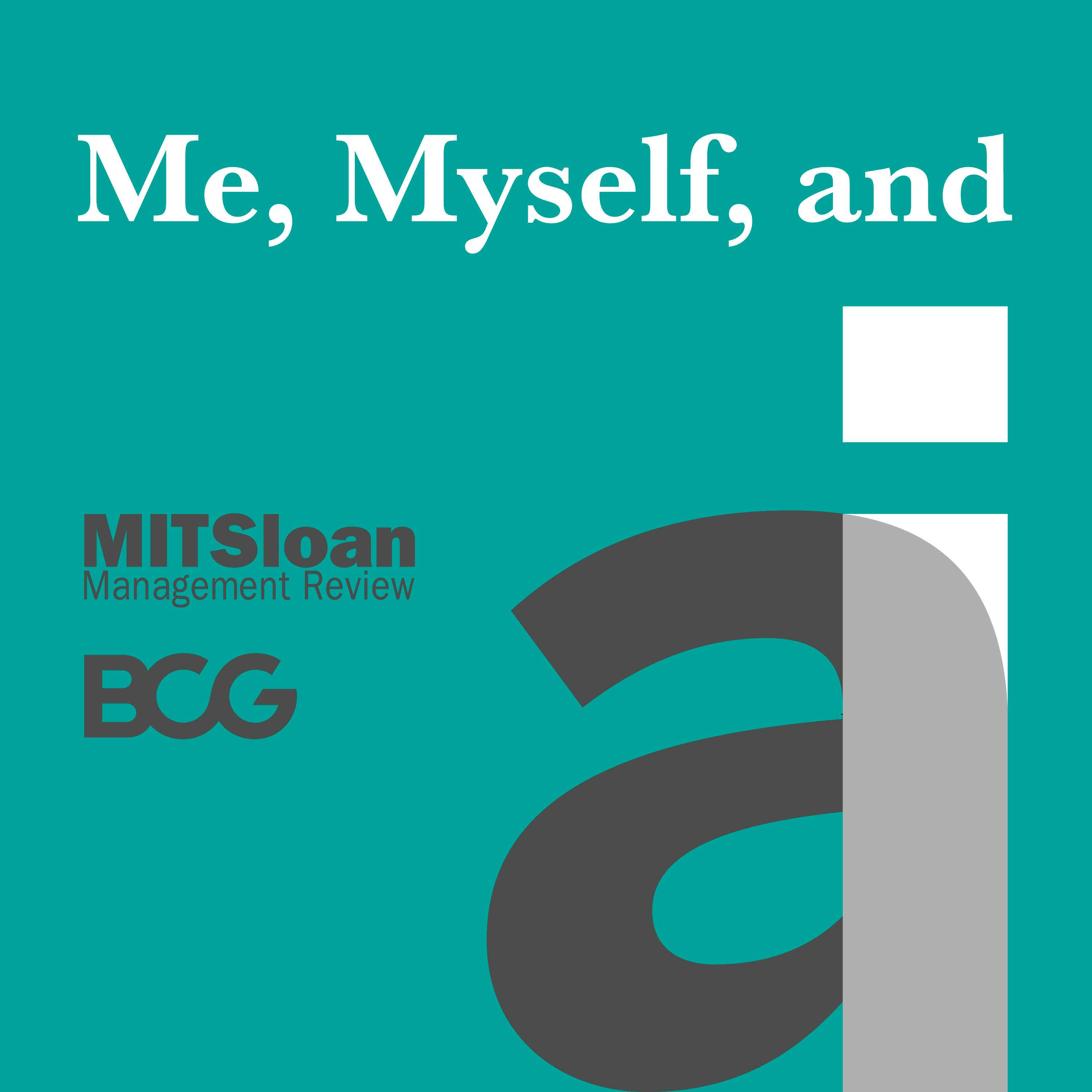
Deep Dive
Shownotes Transcript
When Vandi Verma saw the Spirit and Opportunity rovers land on Mars while she was working toward a Ph.D. in robotics, it set her on a path toward working at NASA in space exploration., Perhaps unsurprisingly, today, as chief engineer for robotic operations at Nasa’s Jet Propulsion Laboratory (JPL), Vandi sees the biggest opportunities for artificial intelligence in robotics and automation.
She describes the ways in which the Mars rovers rely on AI, including the technology’s use in digital twin simulations that enable JPL scientists at to practice their driving skills before actually controlling the rovers on Mars. She also discusses how NASA’s use of AI — and its approach to risk — offer lessons for organizations that are looking to simulate real-world scenarios here on Earth. Read the episode transcript here).
Me, Myself, and AI is a collaborative podcast from MIT Sloan Management Review and Boston Consulting Group and is hosted by Sam Ransbotham and Shervin Khodabandeh. Our engineer is David Lishansky, and the coordinating producers are Allison Ryder and Sophie Rüdinger.
Stay in touch with us by joining our LinkedIn group, AI for Leaders at mitsmr.com/AIforLeaders) or by following Me, Myself, and AI on LinkedIn).
Guest bio:
Vandi Verma is a principal engineer and the deputy section manager for the Mobility & Robotics section at the NASA Jet Propulsion Laboratory. She also serves as chief engineer of robotic operations for the Mars 2020 Perseverance rover. She was previously the assistant section manager of the Mobility & Robotics section, the supervisor of the section staff group, and the supervisor of the Operable Robotics Group.
Verma works on new robotics capabilities, including R&D; mission design; prototyping; flight development, testing, and launch; and landing and surface operations. She has been engaged in robotic operations on Mars since 2008 with the Mars Exploration Rover mission's Spirit and Opportunity, Curiosity rover, Perseverance rover, and Ingenuity helicopter.
Before joining JPL, she led the NASA Ames Research Center team that developed PLEXIL (Plan Execution Interchange Language) for operating autonomous systems, as well as the development of technology that has been deployed on rovers and human spaceflight projects.
Verma earned a Ph.D. in robotics from Carnegie Mellon University in 2005.
We encourage you to rate and review our show. Your comments may be used in *Me, Myself, and AI *materials.
